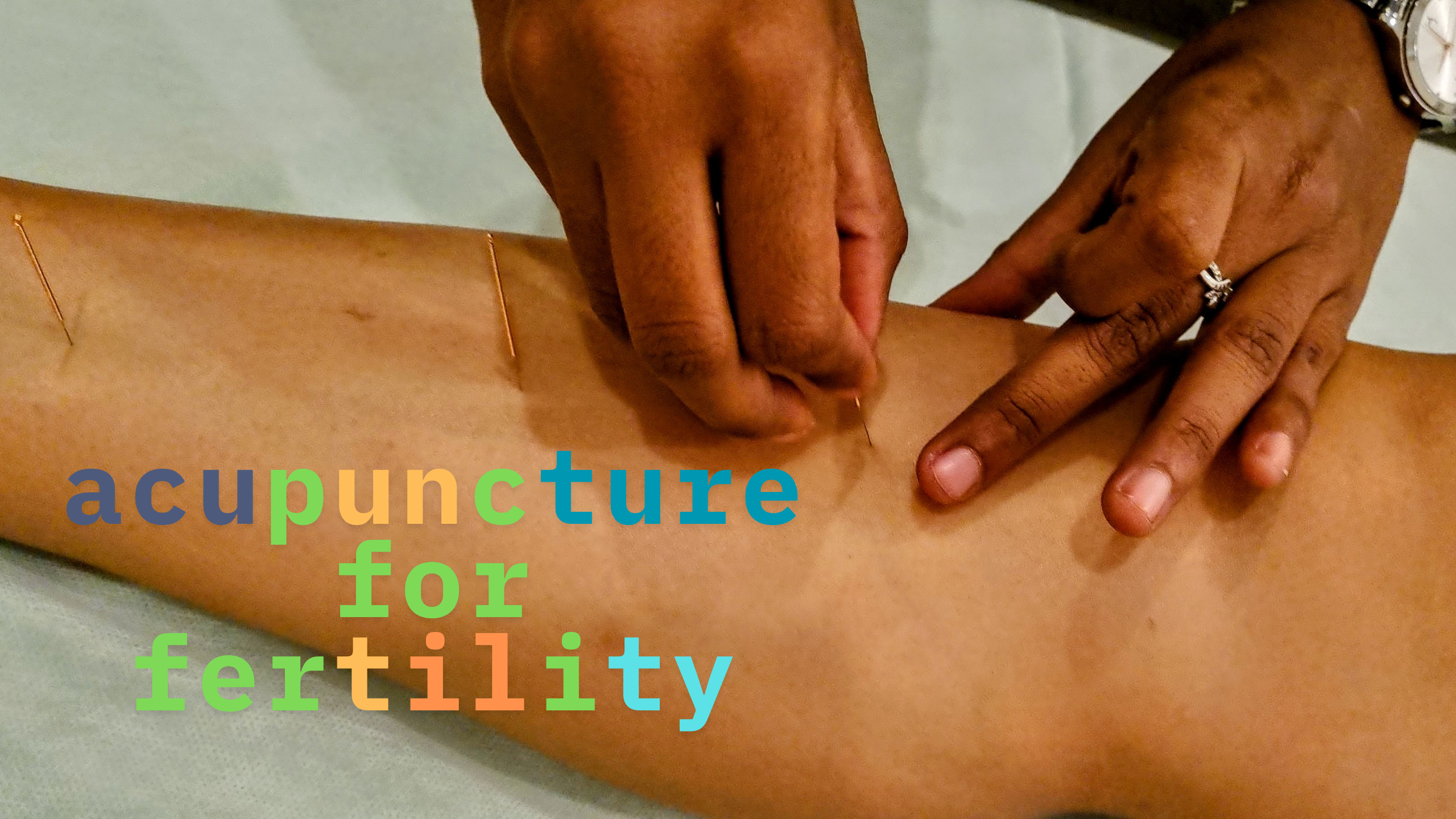I’m five months postpartum and this past week I fit into my old low-waisted skinny jeans. I’ve written about honouring the first forty days and the importance of postpartum repletion. I believe that’s something every woman who has given birth should do, regardless of c-sec or normal delivery.
After those forty days I was eager to quickly get back into my ‘usual’ routine. I was being inundated with old wives’ tales about exercising after a cesarean – such as not walking too fast or bending forward for an entire year, and even the myth about the chronic pain after an epidural. So, as usual, I did some research.
I believe the following four guidelines optimised my recovery.
- Once I was ready to begin exercising, I got a few critical parameters tested: thyroid, iron, haemoglobin, B12, Vitamin D and a lipid profile. If these parameters are balanced then it’s likely your hormones are finally back to normal. If there’s a parameter which is a bit off then work with your doctor on supplementation. Postpartum healing includes making sure your blood work is in place. This will also help minimise postpartum hair loss.
- Start with simple breathing exercises, focusing on coordinating your pelvic floor tightening with the breath. You can even begin with just taking long inhalations and exhalations. As you inhale, work on filling your lungs and expanding the torso evenly in all directions. As you exhale, engage the pelvic floor like you would in the moola bandha. You can do this lying on your back too – as you exhale work on flattening your back towards the floor.
- No sit ups! DO NOT do abdominal exercises (such as crunches and even planks) which force the abdominal muscles away from the spine. Abdominal muscles have already been stretched during pregnancy, and this motion puts additional strain on them. This can worsen a diastasis recti (a condition where the abdominal muscles separate) and even cause back pain. With residual relaxin still circulating in your system it’s important not to exacerbate the situation. Being gentle on my abdominal muscles has healed my Pelvic Girdle Pain as well. This was the bane of my existence during pregnancy, so I couldn’t be happier!
- Heavy exercise impacts the quantity and quality of your milk. The body needs about 500 extra calories daily to make breastmilk. If you’re burning more calories than usual then make sure you’re also consuming enough calories so that your body has what it needs. This is easier said than done because you’re still largely occupied with baby things and might not prioritise this. Also, increased exercise raises the lactic acid in your system which affects the taste of breastmilk. If you’re breastfeeding (as I am), you’re better off doing low intensity workouts.
I can feel myself getting stronger, but facing a closet full of pre-pregnancy clothes can also be demotivating. Although I try to exercise regularly, there are days I’m very tired or simply too busy.
I try and remind myself that it’s not only about exercising, but about finding my bearings in a life that’s very different now.
A few days ago I decided I needed a change, and like many a new mamma I decided that change would be a new haircut. Also, the hair fall has started, so why not get a haircut to celebrate? Why not help it go out with a bang instead of a whimper?

Swimming is a great way to ease back into your exercise routine.




2 Comments
[…] you, like me, have given birth through Cesarean section, you might like this blog where I share four key things about exercising post a […]
[…] mongering false news, who pays attention? Post delivery the focus is largely on regaining strength, losing ‘baby weight’, or simply getting through the exhausting newborn phase, but what about our pelvis – the part […]